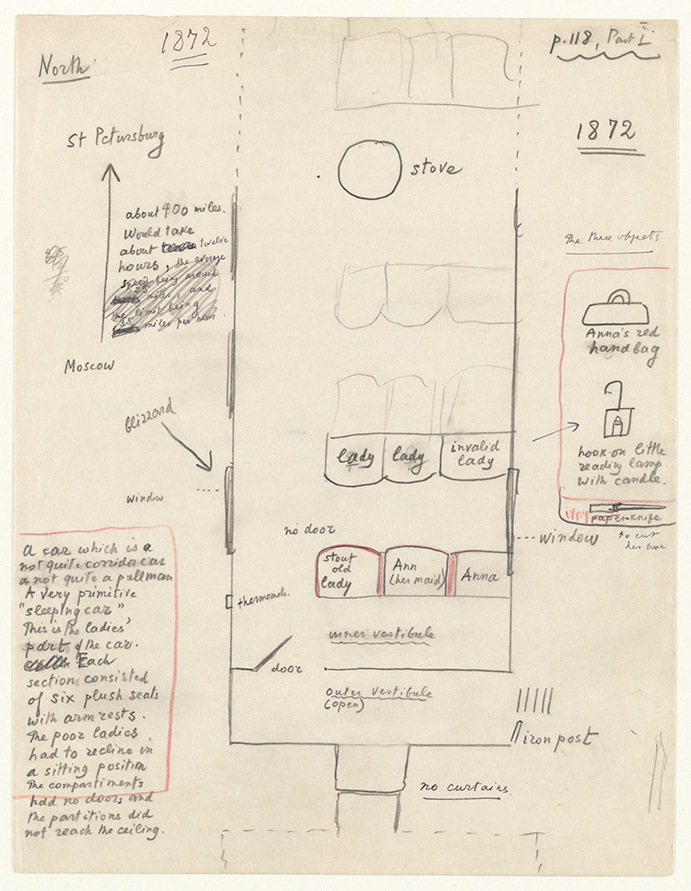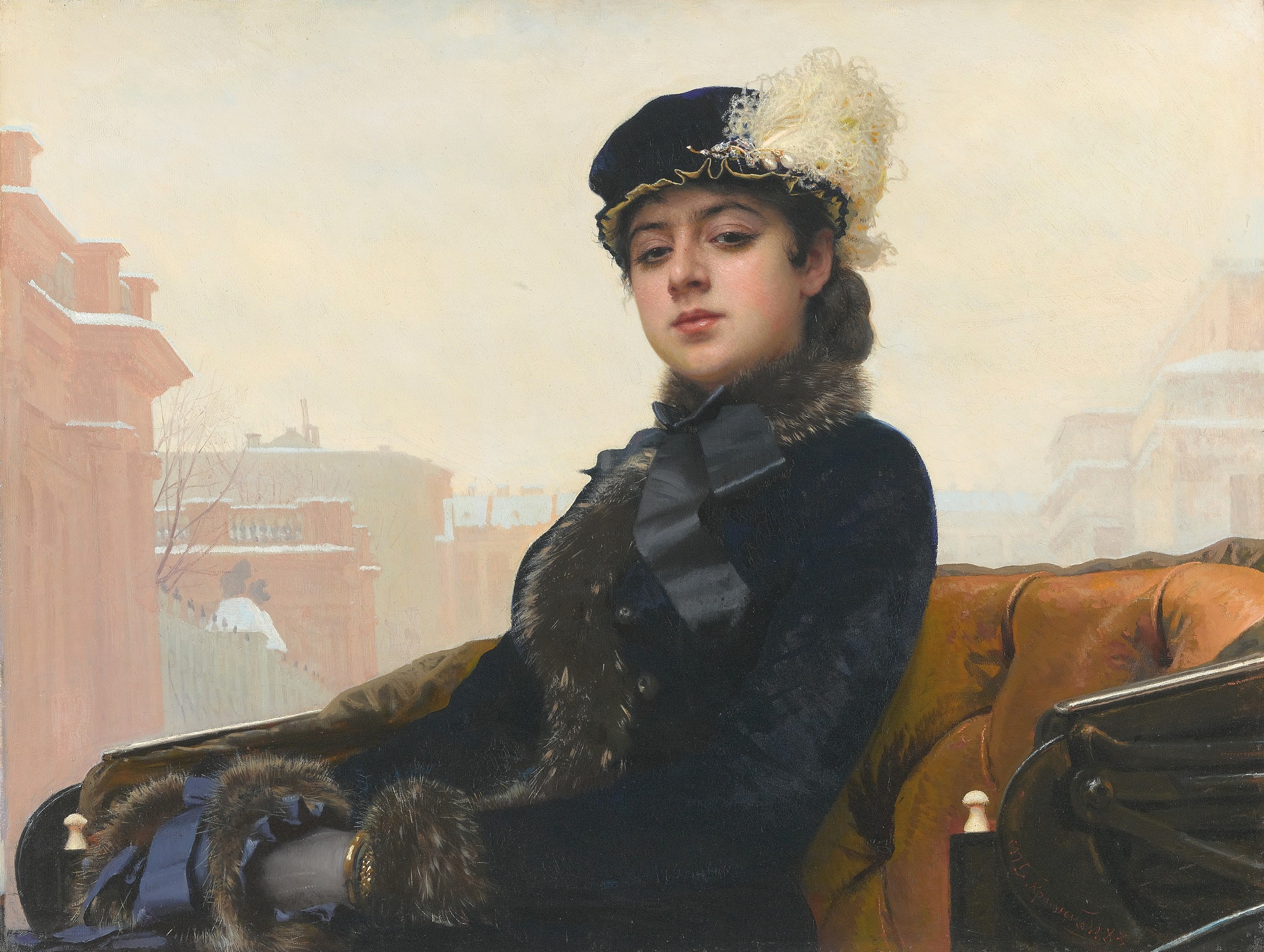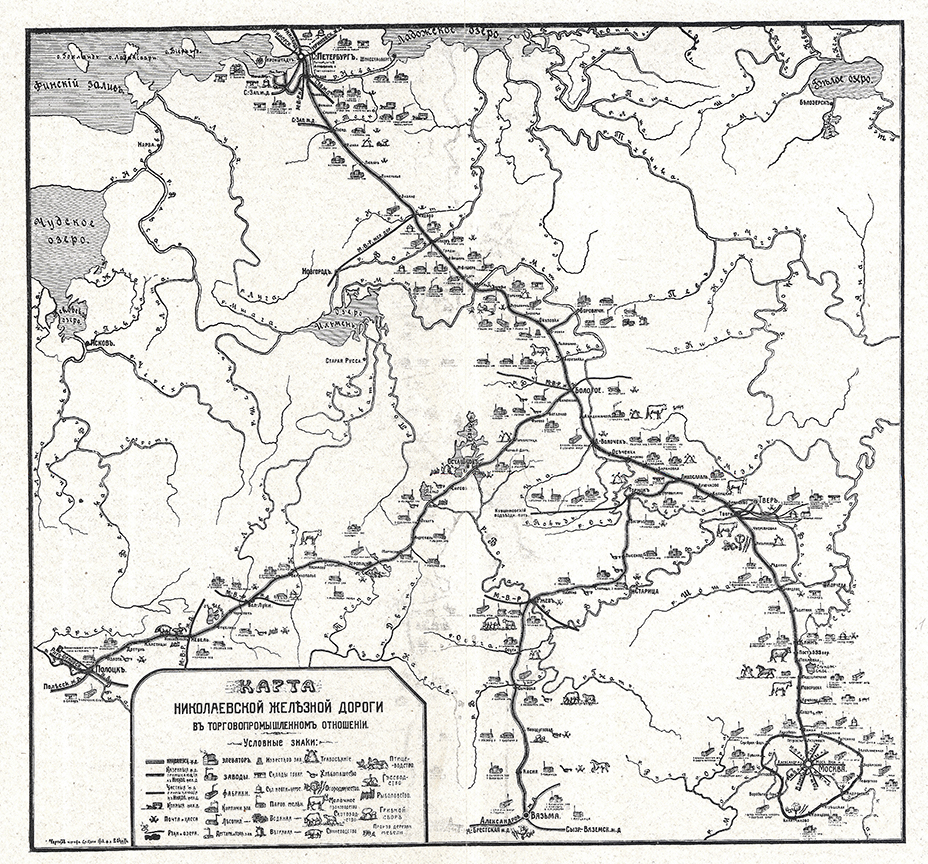About the Project
Wellesley College’s Mellon Blended Learning Initiative funded the creation of this interactive CGI model of the train car in which Anna rides from Moscow to St. Petersburg in Part 1, Chapter 29, of Tolstoy’s Anna Karenina (1873-7). We hope the simulation will serve as an aid to teachers and students of the novel that will permit them to see the details of Anna’s surroundings at this crucial juncture of the text — to experience her physical environment as vividly and authentically as possible. Users can witness for themselves the same interior sights that Tolstoy’s train-traveling readers in the 1870s would have taken for granted but which are now lost to modern readers.
In the early 1970s, Vladimir Nabokov, founder of the Wellesley College Russian Department, wrote,
In my academic days I endeavored to provide students of literature with exact information about details, about such combinations of details as yield the sensual spark without which a book is dead. In that respect, general ideas are of no importance. Any ass can assimilate the main points of Tolstoy’s attitude toward adultery, but in order to enjoy Tolstoy's art the good reader must wish to visualize, for instance, the arrangement of a railway carriage on the Moscow-Petersburg night train as it was a hundred years ago. Here diagrams are most helpful. (Strong Opinions, 1973, pp. 156-7)
Nabokov seems to refer here to the detailed diagram of the train car that he sketched in the 1940s or 1950s, now held in the New York Public Library's Nabokov archive:

With the kind assistance of technical advisor Sergei Kiselev (St. Petersburg), we obtained the original schematic drawings of the first-class train car that Anna would have used on the Nikolaevskaia Railroad, which linked Moscow and St. Petersburg:

Nabokov’s sketch, when juxtaposed with the car’s original construction plan, closely approximates the likely layout (here).
No physical specimens of such train cars survive today, but the CGI simulation reproduces a great deal of the car’s interior and exterior design, seating, lighting, wood-stove heating system, windows, and so on. Users can walk through the car, occupy the seat that Nabokov correctly identified as Anna’s, and look around from her point of view. We invite you to investigate the furnishings surrounding Anna on her overnight Moscow-Petersburg journey, which takes place during a blizzard. Explore the point of view of Anna's maid, the invalid lady, the peasant stoker, and see from all angles the heating stove, Anna’s English novel, paper knife, handbag, and candle-lamp — elements that reappear in the novel later, in various forms, seemingly as symbols. To conclude chapter 29, Anna disembarks for a breath of fresh air at Bologoe Station, midway between Moscow and Petersburg. There, on the snowy platform, she will encounter Aleksei Vronsky, who declares his intention to follow Anna and draw her into an adulterous affair.

Tolstoy, as Nabokov implies above, is a writer who provides copious details about his characters’ bodies and how those bodies move through the physical space they inhabit. Railways serve as a cardinal metaphor in the novel, a metaphor whose meaning is still hotly contested by scholars and students alike. Precise, immersive visualization of the train in Anna Karenina can shed new light on one of the key symbolic problems in nineteenth-century European literature.

This project, in tribute to Nabokov, offers an openly accessible website through which scholars and students of both Tolstoy and Nabokov may experience “the sensual spark” of a great novel and expand their understanding of Tolstoy’s special emphasis on the physical texture of his fictional world.
.jpg)
